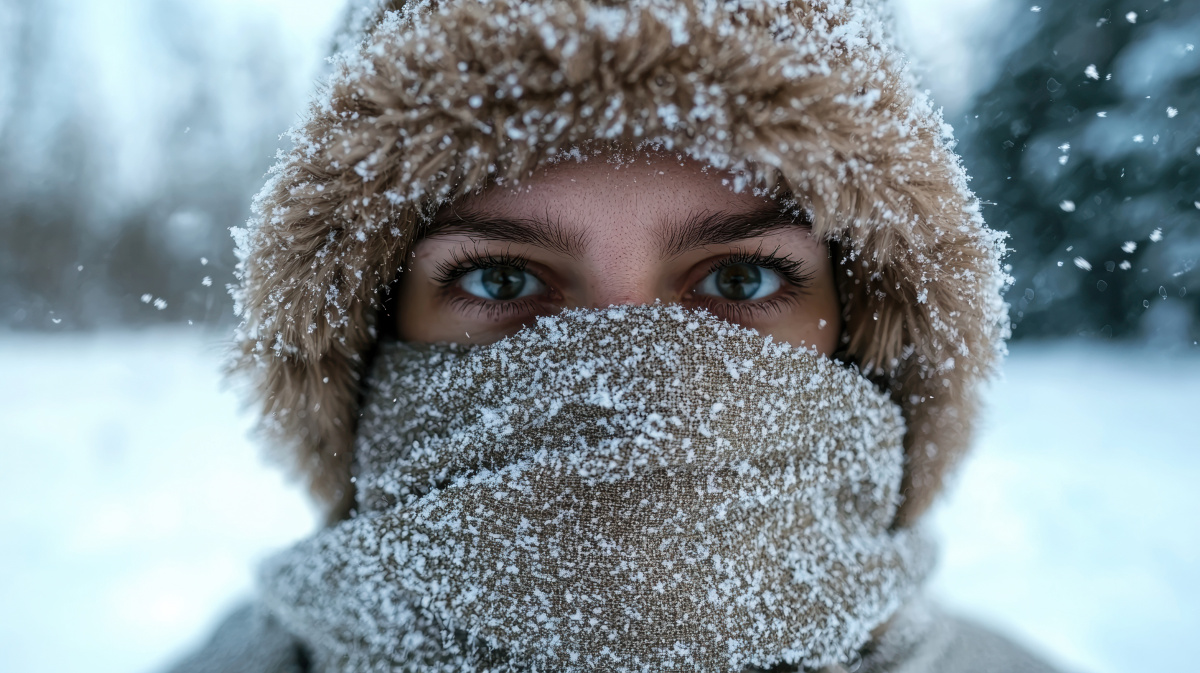
It has long been asserted that cold patients have more wound healing problems, but what does the science say? A recent article in the Aesthetic Surgery Journal looks at the objective scientific evidence.
Perioperative Hypothermia Anyone?
The title of the article is “The Impact of Perioperative Hypothermia on Plastic Surgery Outcomes: A Multivariate Logistic Regression of 1062 Cases.” It may not sound like the same subject, but let’s direct the title in English.
Perioperative Hypothermia is a lower than normal temperature around the time of surgery. In this case hypothermia was defined as a core body temperature below 96.8 degrees Fahrenheit (36 Celsius). Normal body temperature is defined as 98.6 Fahrenheit (37 Celsius).
Multivariate Logistic Regression is a statistical method used to answer a yes or no question based on multiple independent variables. In this case, is a lower than normal body temperature associated with an increased risk of wound healing problems. The multiple variables include body temperature, operative time, patient weight and other known predictors of problems with wound healing. The specific types of problems considered were: infection, delayed wound healing, seroma (serous fluid in the wound), hematoma (bleeding in the wound), dehiscence (opening) and deep venous thrombosis (blood clots).
Over One-Thousand Patients Studied
The level of evidence for this study is four as it is a case series derived from medical records review or patients having complex plastic surgery procedures lasting more than one hour. Operative temperatures and postoperative complication data was obtained from the charts as defined above.
In some patients, prewarming was performed to maintain body heat during induction to surgery. The thought being, if you are warmer before surgery, you will be warmer after surgery. This was examined independently.
Why We Keep Patients Warm
Beside any medical indications, it is nice to keep patients warm. The operating room is kept lower that average room temperature to decrease the possibility of infection. Surgery often requires exposing the skin to this cool environment.
To combat this, warm blankets and warm forced air are used before surgery to keep patients warm. During surgery, warming blankets or thermal mattresses are used to maintain body temperature surgery. It is more comfortable to wake up warm.
What Does The Science Say?
After reviewing 1062 medical charts, preoperative hypothermia was not an independent predictor of postoperative wound healing problems. In other words, patients who were cold did not have an increased risk of wound problems. Moreover, prewarming did not significantly affect perioperative hypothermia, meaning that warming patients up before surgery provided no protection from being cold after surgery.
Cosmetic Plastic Surgery Consultations
If you are considering Cosmetic Plastic Surgery in the San Francisco Bay Area, call (925) 943-6353 for a private consultation appointment. Regardless of the science, I will continue to try to keep my patients warm before, during and after surgery. While this may not affect wound healing, it does improve the experience.
Previous Post